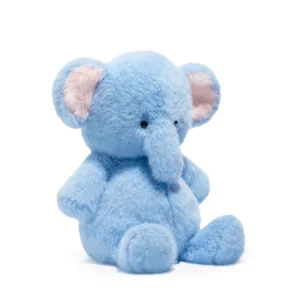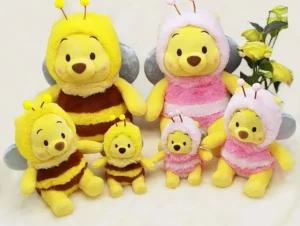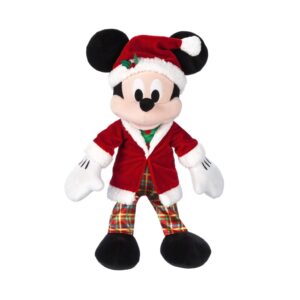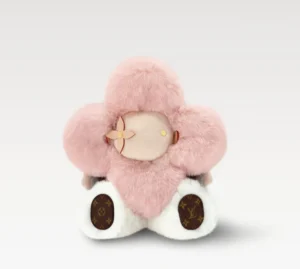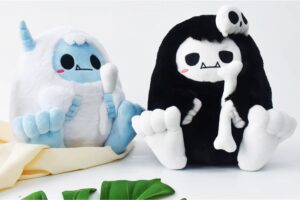Plushies have grown far beyond simple toys. They serve emotional, psychological, and practical roles for people of all ages, offering comfort, connection, and expression.
Plushies provide emotional support, reduce stress, and act as collectibles or personalized gifts. Their appeal spans children, teens, and adults, reflecting diverse uses from play to therapy and brand engagement.
Let’s explore the many purposes plushies fulfill today.
1.What emotional and psychological roles do plushies play for consumers?

Plushies act as comforting companions, helping people feel safe and calm. They often evoke nostalgia and emotional warmth, offering a tactile way to soothe anxiety or loneliness.
Many find emotional relief in hugging or holding plushies, which can trigger the release of oxytocin, the “feel-good” hormone, helping reduce stress and foster well-being.
- Security: Plushies provide a sense of safety, especially for children.
- Companionship: They reduce feelings of loneliness.
- Stress Relief: Soft texture and familiarity calm nerves.
- Memory: Reminders of happy times or loved ones.
| Emotional Role | Benefit | Typical User |
|---|---|---|
| Comfort | Reduces anxiety | Children, adults |
| Nostalgia | Emotional connection | Adults, collectors |
| Stress relief | Calming effect | All ages |
| Social support | Feelings of companionship | People in isolation |
Plushies serve as more than toys—they are emotional tools.
2.How do plushies serve as tools for comfort and stress relief?

Soft, cuddly plushies provide sensory comfort, allowing users to engage tactilely. Hugging a plushie can lower heart rate and ease emotional tension.
Therapeutic settings often use plushies to help children and adults regulate emotions, build trust, and cope with stress or trauma.
- Sensory Input: Softness and weight soothe sensory processing disorders.
- Emotional Outlet: Provides a non-judgmental “friend” to express feelings.
- Anxiety Management: Calming presence reduces panic symptoms.
- Sleep Aid: Helps people relax and fall asleep easier.
| Use Case | Mechanism | Beneficiary |
|---|---|---|
| Sensory therapy | Tactile stimulation | Children with ASD |
| Anxiety relief | Physical comfort | Teens, adults |
| Emotional support | Companion effect | Patients in therapy |
| Sleep improvement | Relaxation | Children and adults |
Plushies are simple but effective comfort tools.
3.Which demographic groups are the primary users of plushies and why?

While children remain the largest plushie users, teens and adults increasingly embrace plushies for stress relief, collectibles, and emotional expression.
The rise of fandom culture, social media, and wellness trends has broadened plushie appeal beyond traditional age groups.
- Children: For play, comfort, and security.
- Teens: For emotional support, self-expression, and fandom.
- Adults: For nostalgia, stress relief, and collectibles.
- Special needs: Therapeutic aid in sensory and emotional regulation.
| Demographic Group | Primary Use | Motivation |
|---|---|---|
| Children | Play and comfort | Development and security |
| Teens | Expression and support | Emotional well-being |
| Adults | Collecting and relaxation | Stress management |
| Special needs | Therapy and sensory input | Emotional regulation |
Understanding these groups helps tailor plushie designs and marketing.
4.How do plushies function as collectibles and brand marketing tools?
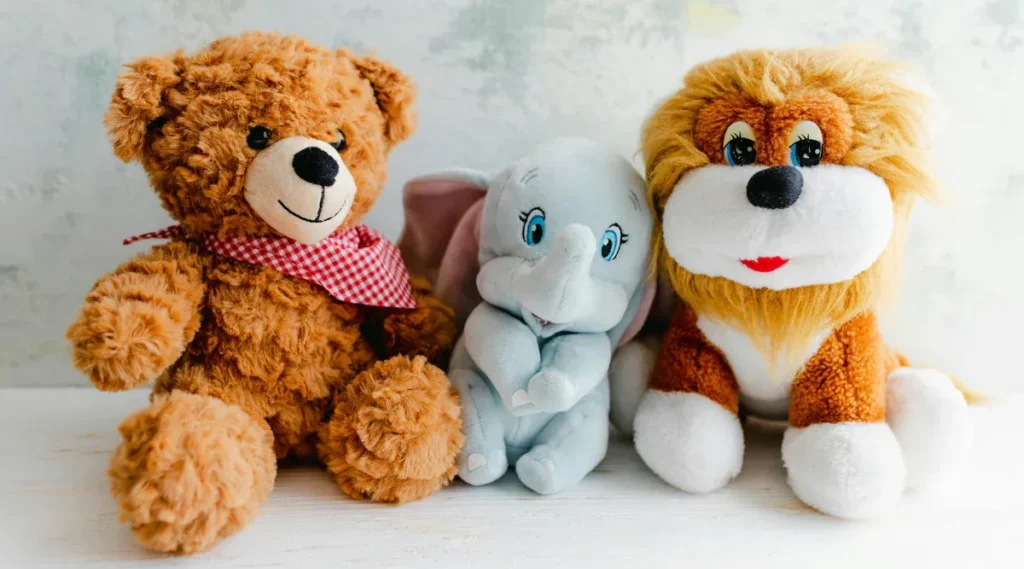
Plushies tap into collector culture, with limited editions and branded characters driving demand. Companies use plushies to engage fans, promote franchises, and create loyal customer bases.
Collectible plushies can increase brand visibility and consumer interaction through exclusivity, storytelling, and social media sharing.
- Limited editions: Create scarcity and urgency.
- Branded characters: Link plushies to movies, games, and shows.
- Social engagement: Fans share collections online.
- Exclusive events: Special plush releases at conventions or stores.
| Marketing Strategy | Consumer Impact | Brand Benefit |
|---|---|---|
| Limited editions | Increased demand | Boosts sales and loyalty |
| Character licensing | Emotional connection | Expands brand reach |
| Social sharing | Viral exposure | Builds community |
| Exclusive releases | Collector excitement | Differentiates product line |
Plushies build bridges between brands and consumers.
5.What is the impact of customization and personalization on the purpose of plushies?
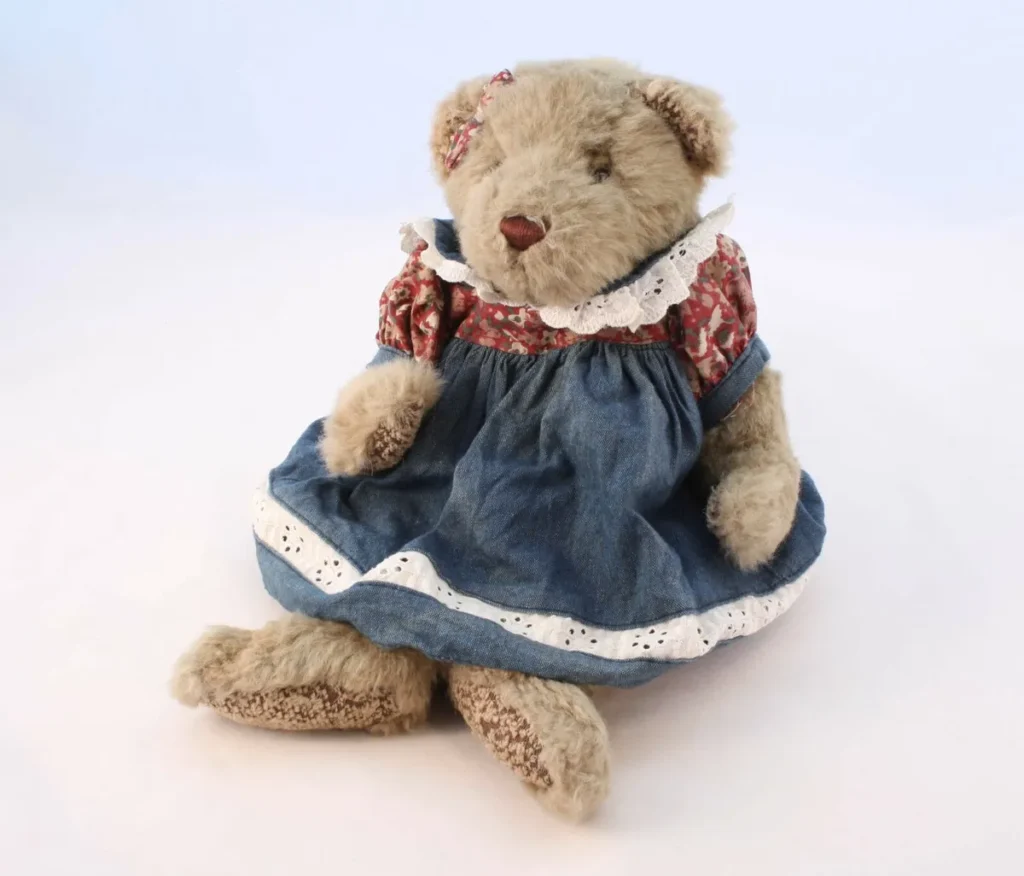
Customization enhances emotional bonds, allowing buyers to express identity, celebrate relationships, or create unique gifts.
Personalized plushies often feature names, colors, or designs that resonate with the recipient, deepening the toy’s meaning beyond a generic object.
- Identity expression: Plushies reflect personal tastes or fandoms.
- Gifting: Personalized plushies feel thoughtful and unique.
- Brand differentiation: Custom options attract niche markets.
- Emotional value: Enhances attachment and long-term satisfaction.
| Customization Type | Purpose | Consumer Benefit |
|---|---|---|
| Name embroidery | Personal identity | Unique ownership |
| Color variations | Style preference | Visual appeal |
| Themed designs | Fandom connection | Emotional relevance |
| Add-ons/accessories | Personal expression | Enhanced engagement |
Customization turns plushies into personal treasures.
6.How do plushies contribute to educational and therapeutic applications?

Plushies support learning through play, teaching empathy, and providing comfort in therapeutic settings like hospitals or counseling.
Their tactile nature and approachable design make them effective tools in early childhood education and mental health support.
- Social skills: Role-playing with plushies teaches interaction.
- Emotional learning: Plushies help identify and express feelings.
- Comfort during procedures: Reduce fear and anxiety in medical contexts.
- Cognitive development: Encourages imagination and creativity.
| Application | Educational/Therapeutic Role | Target Audience |
|---|---|---|
| Role play | Social and emotional skills | Preschool children |
| Comfort object | Anxiety reduction | Hospital patients |
| Sensory tool | Emotional regulation | Special needs children |
| Storytelling aid | Cognitive development | Early learners |
Plushies enrich educational and healing environments.
Conclusion
Plushies serve diverse purposes: emotional comfort, collectible culture, personalized gifts, and educational tools, making them cherished across all ages.
For expert advice on plush toy manufacturing and customization, contact [email protected] or visit Kinwin Plush Toys.





